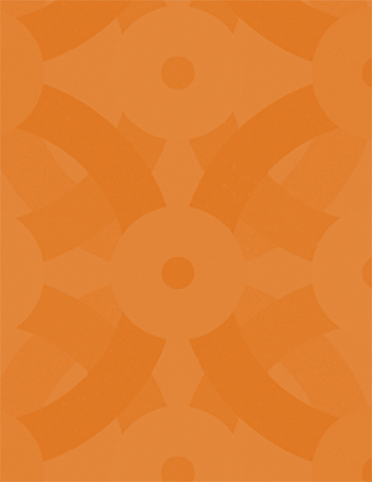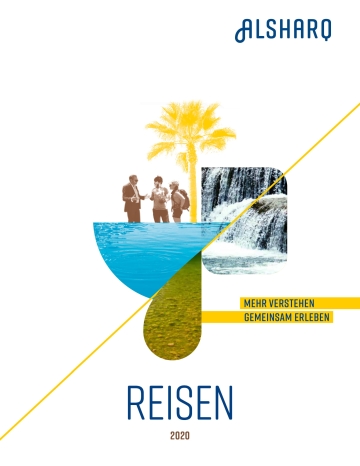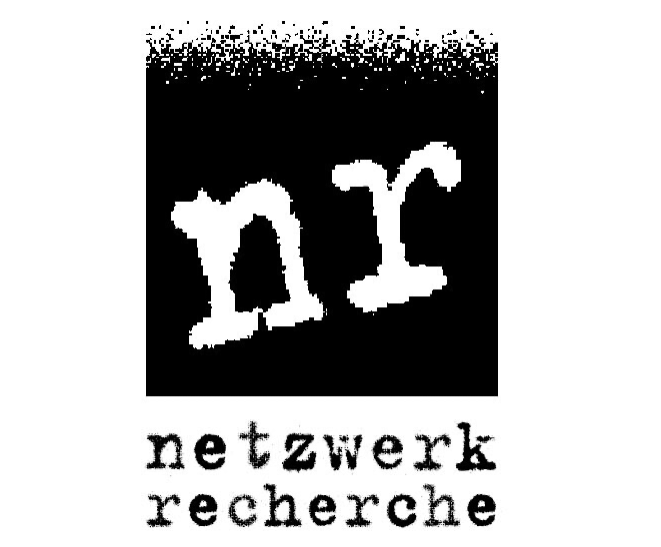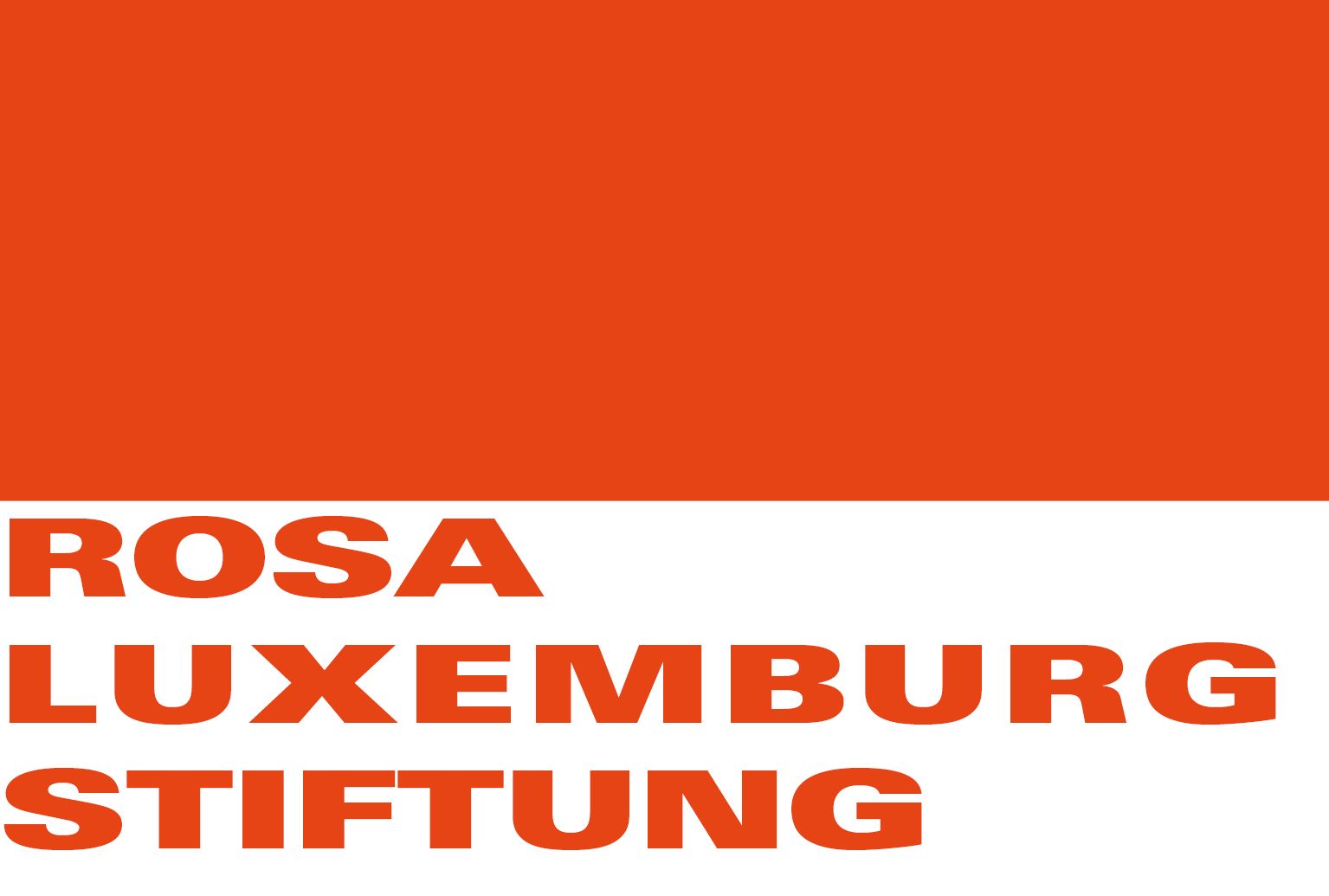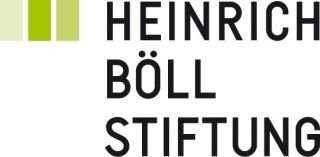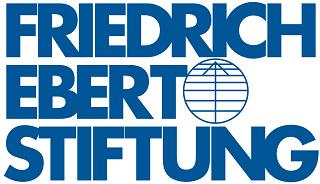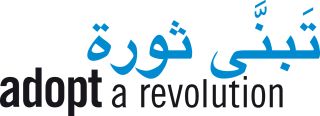Ein Gastbeitrag von Kari Vogt, emeritierte Professorin am Institut für Kulturwissenschaften und orientalische Sprachen an der Universität Oslo / by Kari Vogt, Researcher, Institute of Cultural Studies, University of Oslo, Norway.
The tragedy taking place on the 22 July in Oslo and at Utøya - a mass shooting and home-made explosive devices - has been a great shock to all Norwegians. Immediately after the explosion, many feared an Islamist terrorist action, and , sadly enough, a few innocent Muslims were attacked in the streets. A few hours later, when the perpetrator’s name and his extreme right-wing ideas were known, the first reaction among Norwegian Muslims was simply relief. The last weeks, all Norwegians, Muslims and non-Muslims, have been sharing the grief that so many lives have been lost in such a senseless way.
Islam and multiculturalism, in Norway and in Europe, was the target of the terrorist. So who are the Muslims of Norway?
The Muslim population of Norway naturally reflects the variety of the broader Muslim population. Belonging to manifold traditions within Islam, they have quite distinct backgrounds in terms of ethnicity, culture, language, nationality, and personal history. We should keep this diversity in mind.
In cultural and religious terms, Norway has, until the 1990s, been a relatively homogeneous country with a firmly established Lutheran state church system. Immigration from the third world is a relatively new phenomenon, and the entry of migrant workers began later in Norway than in Sweden or Denmark. Due to the Norwegian oil boom the migration also lasted longer than in the two other Scandinavian countries. The year 1967 marked the beginning of a new era when the first group of Pakistani men arrived Oslo. In the 1980s and 1990s immigration was dominated by refugees and asylum seekers, as in most European countries. Today, out of Norway´s total population (4.9 mil) 1.5 percent are Muslims. The concentration is greatest in the cities of eastern Norway, with Oslo as ”the Muslim capital”, where approximately 10.5 percent of the population come form the third world. There are at least thirty mosques and Muslim associations concentrated in Oslo, and in 1995, Oslo was the first of the Scandinavian capitals to have a purpose-built mosque.
The Norwegian gouvernment´s funding of religious communities gives a unique overview of mosque membership and numbers as all such communities receive funding per member. Today, as many as 80 percent of the Muslim population are members of a Sunni-mosque. A high level of organization also includes Shi´i groups, which add up to approximately 19 percent of the Muslim population in Norway. When it comes to registered nationalities, the largest six ethnic groups are as follows: Pakistanis ( 31 061), Iraqis (26 374), Somalis (25 496), Bosnians (15 018), Iranians (16 321), Turks ( 13 504).
An emerging feature from the 1990s consists of Islamic organizations that recruit across all mosque communities, that is, across language groups, ideology, and confession (Sunni-Shi´i). The most important is the Islamic Council Norway (ICN), an country wide umbrella organization of 25 mosques and Islamic organizations. ICN was established in 1993, and today considered to be the Muslims´ official voice. Good working relations between The Church of Norway and ICN was established, a relation which proved important during the crisis of the Muhammad cartoons in 2005. During the cartoon crisis this helped to create a dialogue between the representatives of the Muslim community and the Norwegian government, and the situation never got as tense and irreconcilable as in Denmark. The will to solve problems and the Muslim’s ability to cooperate with various public agencies has been convincingly expressed at several occasions.
Young people of the second generation, in the process of being educated or on their way into professions, are just starting to make their marks. Some of them are acutely aware of the shortcomings of the first generation and have the social, cultural and educational background to make their own contribution, in the mosques as well as in the society at large. It is a fact that an increasing number of young Muslims succeed professionally.
This said, Norwegian society also has its share in the general Europeean fear of Muslim immigrants, and in the last decade, a right wing oriented public opinion has developed. The problems and conflicts emerging from the interaction between Muslim immigrants and their new society are, of course, multi facetted. Lack of integration of certain segments of the immigrant population easily spins a spiral of escalating problems. Public discussions on child marriage, male and female circumcision, and visual attributes like head-scarf for women have increased in recent years. These discussions have been polarised, and the media have mainly reported from the extreme ends of the spectrum, often blaming ”Islam” and the ”Muslims”. At the same time many young Muslims, born and educated in Norway, are active as Norwegian citizens and have their critical say in the public debate.
After July 22, there seems to be a new and a more sympathetic awareness of the Muslim presence in Norway; a great number of Muslims express their feeling of belonging and sincere commitment to Norwegian democracy. Also Muslim young men and women were killed at Utøya. A new ”us” seems to have been created.
The local elections are approaching in September, and we will soon know more about where we stand, politically, socially and culturally.


